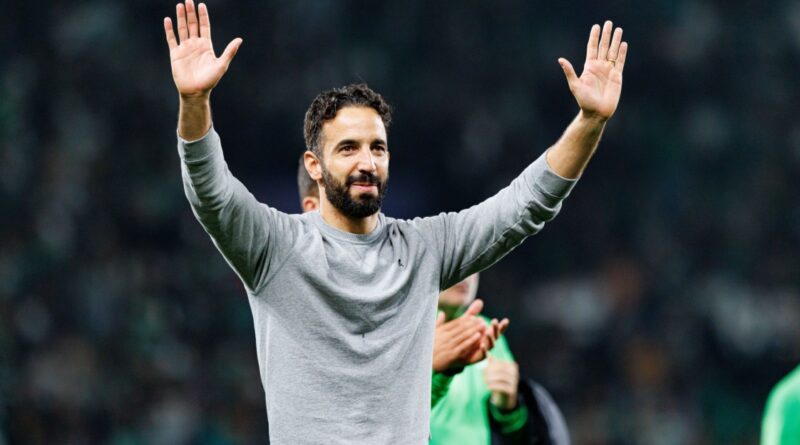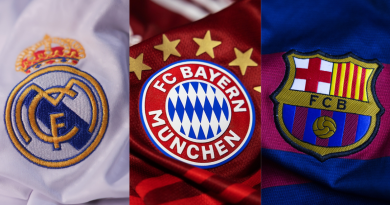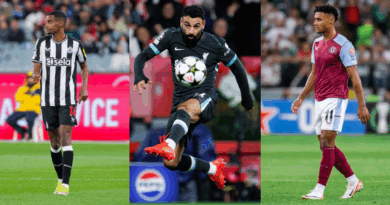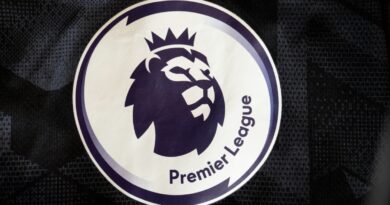The Amorim shift: Manchester United finally look like a team again
A set of figures published by Reuters compared Premier League clubs by their positional attacks and counterattacks. Surprisingly, Manchester United appeared right next to Arsenal a team that has spent years refining its structure under Mikel Arteta.
That placement sparked a familiar storyline: Amorim is trying to turn United into Arsenal’s understudy. The idea spread quickly, but the numbers don’t tell the whole story.
What’s actually changing on the pitch
If you watched United’s 2–0 win over Crystal Palace last weekend, the shift was visible. The back line held a higher position, the midfield recycled possession calmly, and United played most of the first half in Palace’s territory.
As Reuters pointed out, many of their counterattacks now start within striking distance of the opponent’s box — not because United sit deep, but because they win the ball so much higher.
Read also: Ivan Toney considering major wage drop to revive England prospects
A big part of that change comes from the raised defensive line. AP match reports have highlighted goalkeeper Senne Lammens, whose composure has given the defenders confidence to squeeze the pitch. It’s not flashy, but it matters: tighter spacing, fewer stretched moments, and less reliance on last-ditch recovery defending.
In midfield, Bruno Fernandes has taken on a more stabilising role. He still drifts into pockets, but his deeper movements now feel purposeful — slowing the game when needed and linking the buildup. After the Palace match, he told BBC Sport, “We’re trying to control games in a different way. It’s not perfect yet, but you can feel the idea.”
Casemiro continues to provide ballast when matches wobble, while Manuel Ugarte is still adjusting as Amorim rotates options to find the right balance.
Out wide, the loss of Alejandro Garnacho to Chelsea forced a shift. United now lean on more structured width through Bryan Mbeumo, who doesn’t offer Garnacho’s solo bursts but helps maintain shape. It’s less chaotic, more intentional.
Read also: Michael Schumacher’s friend fears F1 great may never return to public view
One small moment against Palace summed things up: after losing the ball near halfway, four United players immediately collapsed around the carrier, forcing him backward. Last season, that situation often turned into a sprint toward United’s box.
Why the Arsenal comparison still overreaches
Still, the Arsenal comparisons stretch reality.
Arteta’s structure is the product of years of repetition and recruitment tailored specifically to his demands. Their control looks smooth because the patterns are ingrained. United aren’t there — not even close yet.
Even in the Palace match, a 15-minute spell of tidy, controlled football suddenly gave way to a jittery period where the spacing broke down and Fernandes had to improvise to escape pressure. Moments like that remind you this is still a team learning on the job.
Read also: Premier League transfer window around the corner: Brighton eye Real Madrid’s Garcia
Former United defender Rio Ferdinand said on BT Sport this week, “You can see what Amorim wants, but the players aren’t moving as one yet. Arsenal have that instinctively.” Hard to argue.
Fans feel it too. The mood around Old Trafford has lifted — not euphoric, but cautiously optimistic. Supporters can finally see a shape, even if it wobbles.
A team finally moving with purpose
The broader point is this: for the first time in years, United are playing according to a recognisable idea rather than surviving in bursts of individual brilliance. Amorim’s structure is visible even when the execution lags behind. You can see which players fit it, who is still adapting, and where reinforcement may eventually be needed.
The graphic that started all the chatter doesn’t prove United are becoming Arsenal. It simply shows a team taking its first confident steps toward an identity.
Read also: FC Barcelona’s long road back to financial stability
United aren’t Arsenal in miniature.
a work in progress — and for once, progress is enough.
Sources: Reuters, AP, BBC.
Read also: Could Lionel Messi make a shock return to Barcelona this January?




